Remote yet resilient: better rural water management
The world pledged to provide ‘water for all’ under the UN’s Sustainable Development Goals. But delivering water to rural communities is far from easy. Where do we focus our efforts?
Historically, urban water issues have overshadowed rural access. With 68% of the world’s population expected to live in urban areas by 2050, this is unlikely to change any time soon – yet failing to address rural water stress has significant consequences.
Eight out of 10 people who lack basic water services live in rural areas, with a knock-on impact to health, productivity and economy. Moreover, water deficits are linked to 10% of the rise in global migration, devastating rural communities and pushing problems onto already struggling urban infrastructure.
Water shortages can be triggered by physical causes such as unpredictable weather and demand-driven scarcity (the latter particularly relevant in cities). Economic scarcity – where water infrastructure is underfunded – has a deeper impact on those living in rural areas than on city-dwellers.
Economic or social water scarcity reflects a lack of investment: pipes and providers are lacking or poorly maintained. In South Africa, for example, infrastructure backlogs are far higher in rural areas, yet almost non-existent in Cape Town and other urban locations. Rural households suffer disproportionately from economic water scarcity.
Understanding priorities
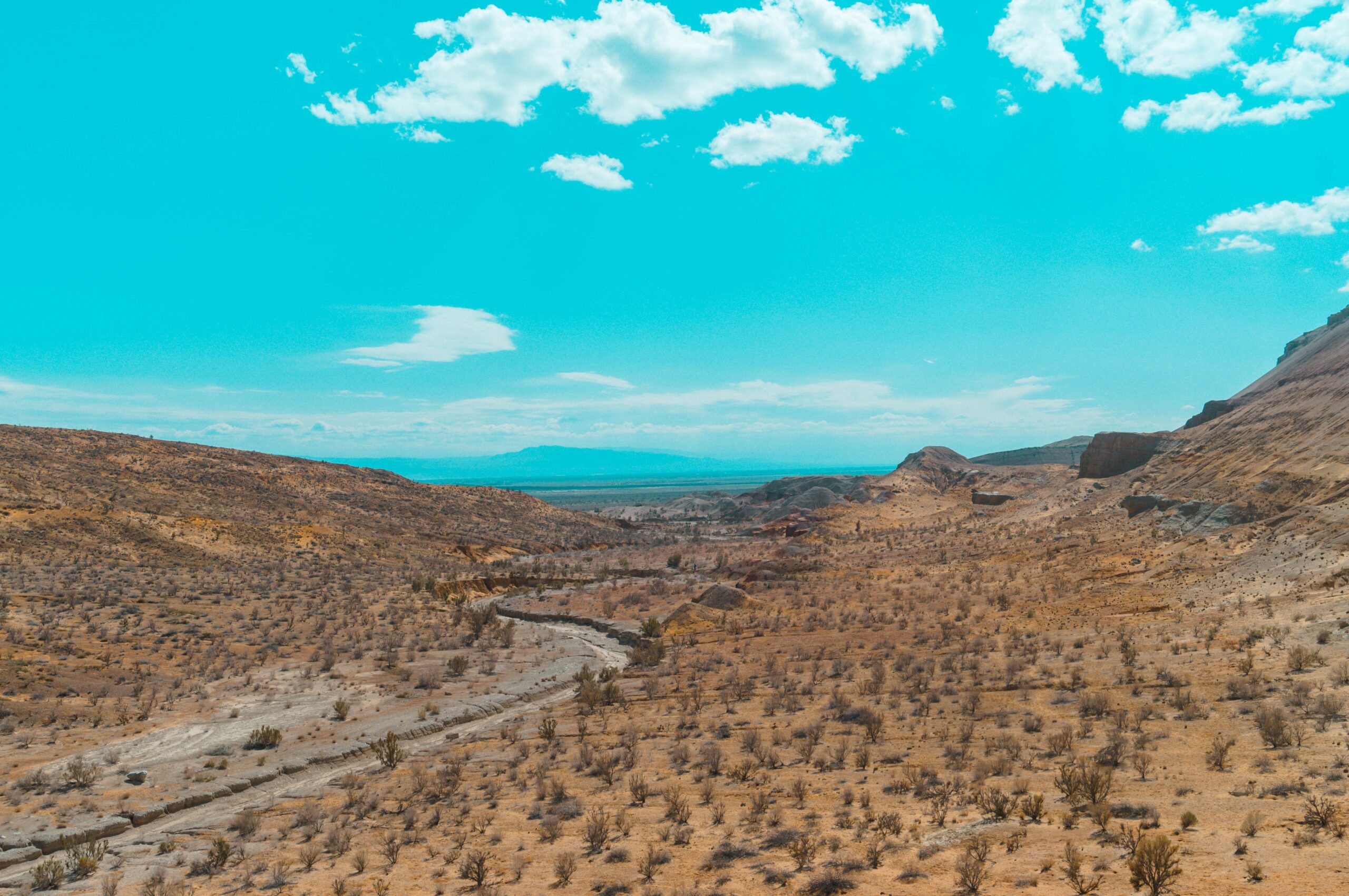
While there’s a pressing need to act, assumptions about rural needs can limit the effectiveness of interventions.
Water is delivered to rural communities in a variety of different ways (if at all). And whereas in urban settings sanitation, industrial and leisure uses dominate, rural users prioritise different needs: irrigation and livestock, for instance. In Kazakhstan, as elsewhere, the more effort and inconvenience there is to water collection, the less likely residents are to ‘waste’ it on individual needs.
Despite tap water provision, rural households in Kazakhstan continue to use standpipes and boreholes. This is partly due to habit, and the lower cost. But significantly, it’s also the result of householders’ doubts about tap water quality, as well as service disruption.
Diverse users, tailored solutions
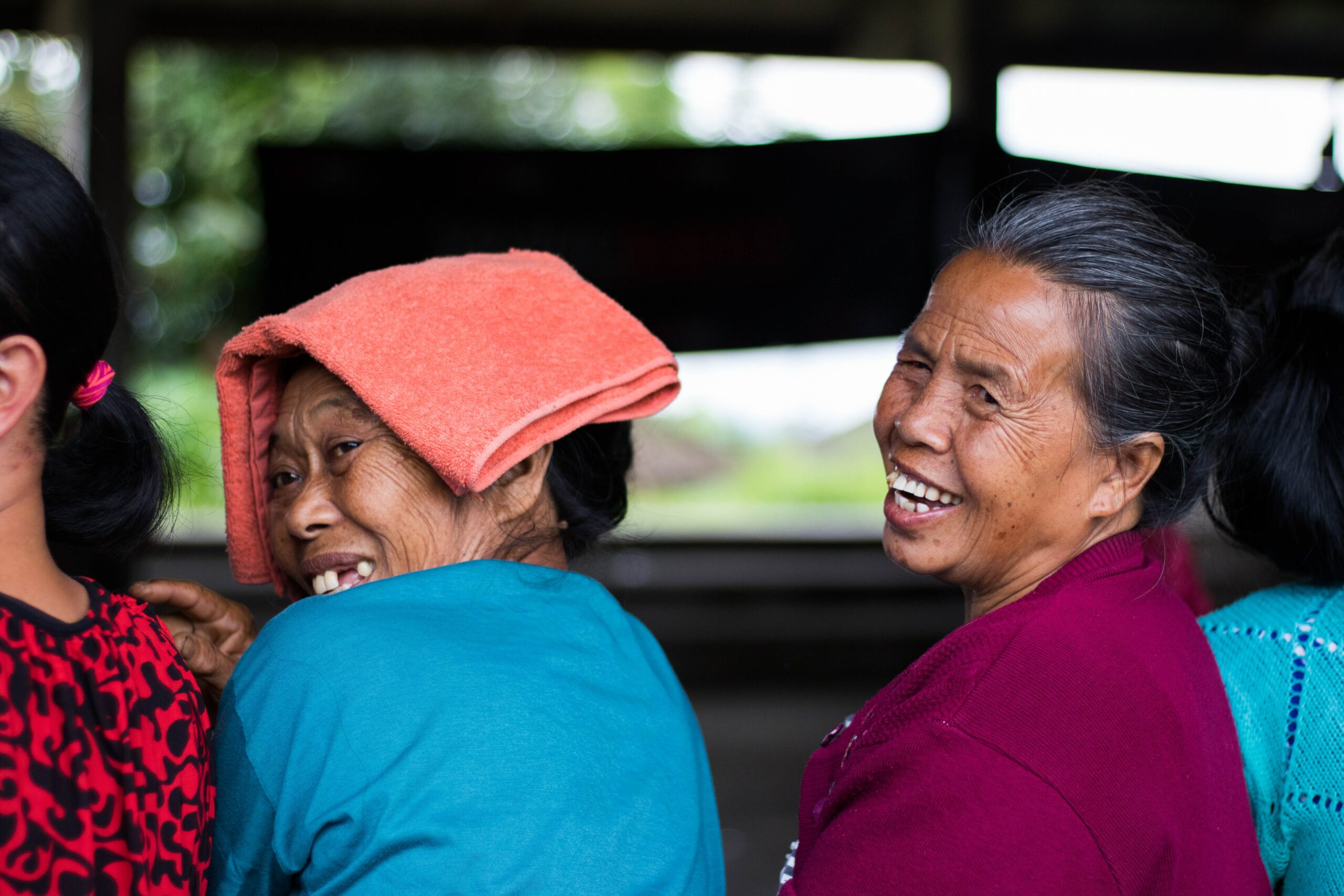
Excluding communities from decision making limits transparency, trust and take-up – and for those living in rural areas, policy decisions about water are likely to be made further away from those who stand to benefit. Engaging community members, including women (who are often more involved with water collection) is important. So too is the need to understand local values, which may be informed by cultural and religious beliefs.
Because people in rural areas are likely to need water for a broader range of uses – from domestic use to irrigation or livestock – it is more challenging to accurately assess their requirements. Provision based upon a single use, such as drinking water, ignores these multiple values of water. In countryside areas, then, a Multi Use Water System (MUS) approach likely to be more effective. In other words, solutions should be tailored to their communities.
What’s working?
Social and sustainable agriculture
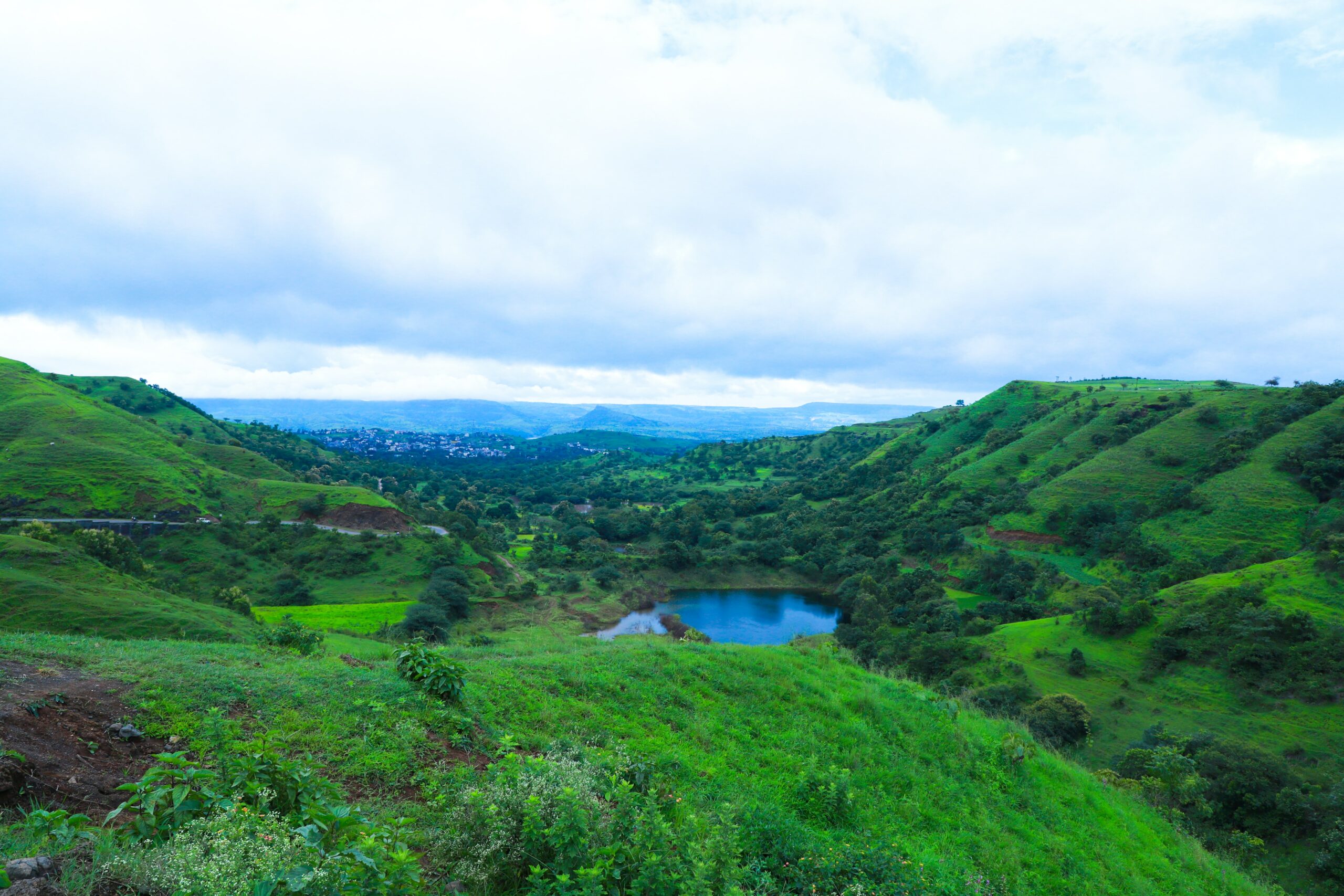
For years, Maharashtra has been caught between catastrophic drought and floods, but community innovation has brought some relief to the Indian state.
A collaboration between local farmer Mahadev Gomare and the region’s villagers has transformed the 89-mile Manjara River. They removed silt from the river and its tributaries, increasing the availability of water to the rural villages along the banks. Because silt also impedes a river’s ability to recharge groundwater, this initiative brought multiple benefits.
The river restoration has revitalized the local area, boosting crop yields and quality. One farmer estimated an annual income of 600,000 rupees as a result; in 2016 he earned so little he was ready to leave farming.
Wetland solutions
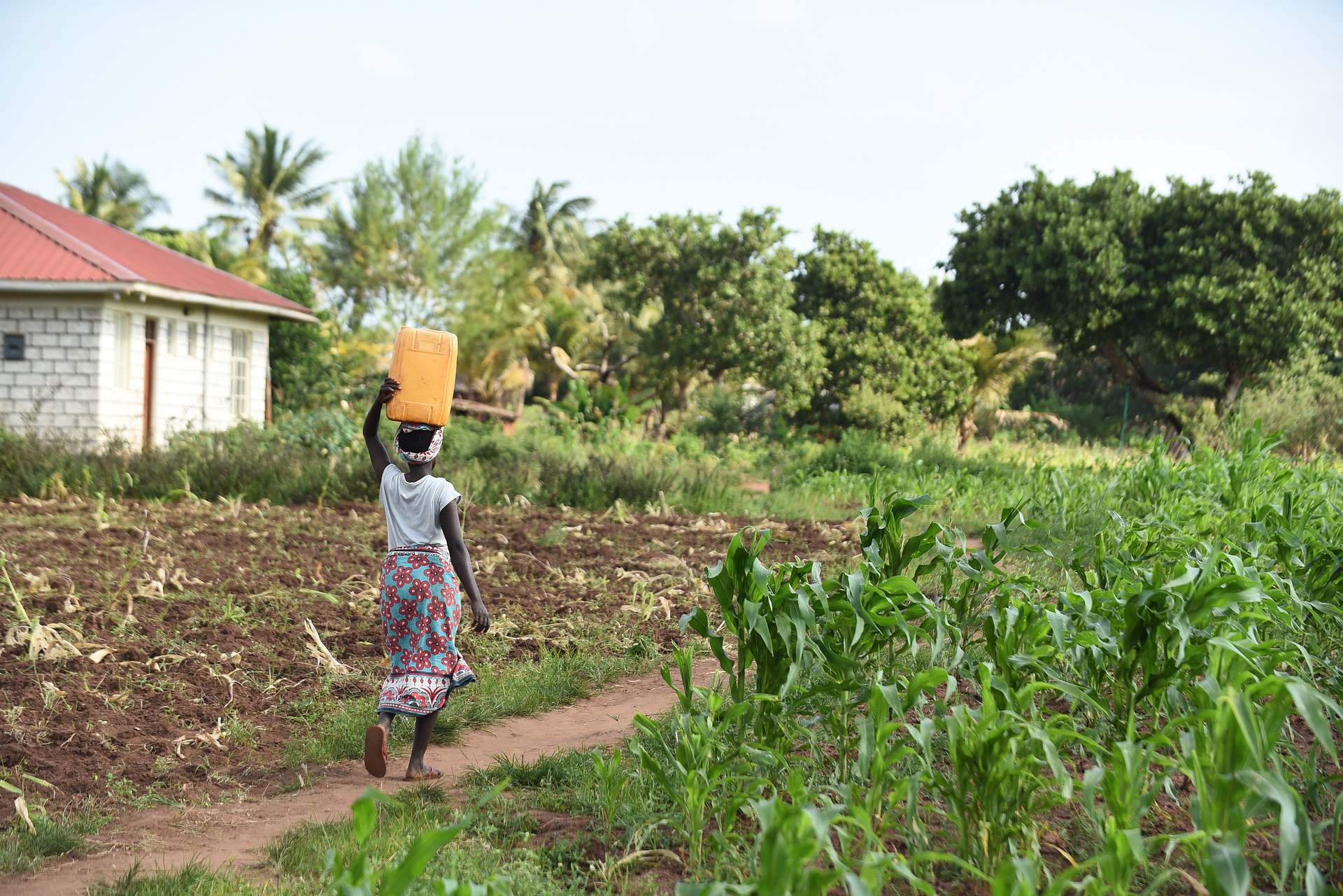
As in Maharashtra, years of drought have been catastrophic in Kenya. Drought and over-use caused the region’s wetlands to shrink, a disaster for those depending on them for fishing and irrigation.
Healthy wetlands soak up excess water, acting both as flood barrier and water reserve for the dry seasons. Without wetlands, the environmental risks to a region become greater and more damaging.
Since 2017, the government’s Wetlands Management Policy, together with work by agencies including Wetlands International, has helped communities live sustainably within the ecosystem.
Rural communities are supported to develop alternatives to agriculture, such as beekeeping. They’ve planted bamboo to prevent soil erosion along the banks of the rivers that feed the wetlands. Farmers have also invested in greenhouses. These are expensive (from US$400), but according to the World Bank use less land and water, reducing wetland exploitation.
Replicating success
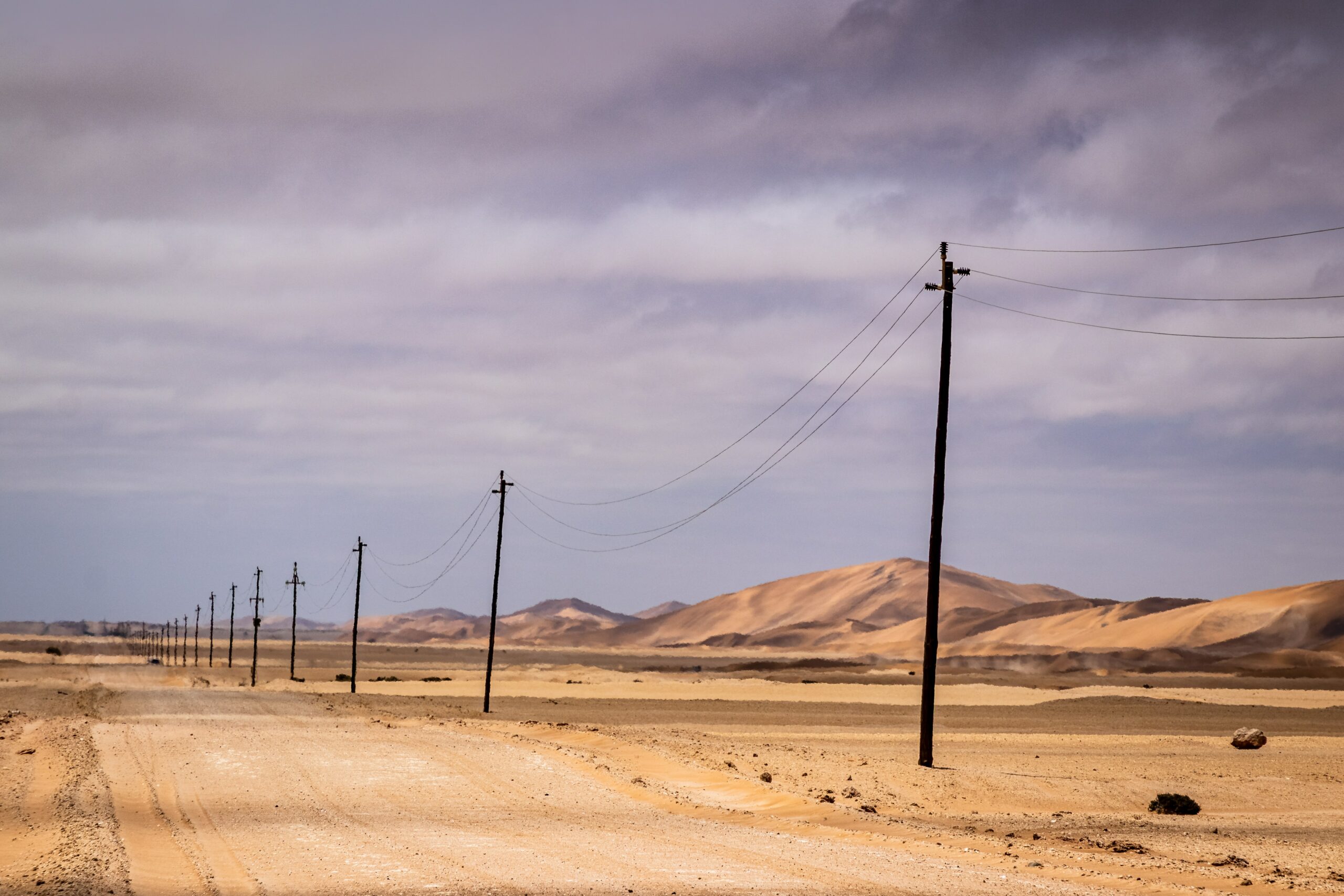
Perhaps the biggest challenge to overcome in developing successful water services for rural areas is the fragmented and diverse nature of community needs. One thing is key in creating effective, sustainable solutions in very different settings, according to the World Bank: information systems.
SIASAR is one such measure. It stands for Rural Water and Sanitation Information System, an open data dashboard that countries can use to monitor water supply, quality and sustainability.
The initiative, launched by the governments of Honduras, Nicaragua and Panama, can be adapted by any country facing similar water challenges (i.e., low infrastructure coverage and information gaps). Dashboards are public, meaning anyone can use the information to find, measure and emulate effective solutions. It is now being used as far afield as Kyrgyzstan and Tanzania.
Traditionally isolated and removed from central decision-making around water, rural communities face unique challenges in a changing world. By designing solutions that acknowledge their diverse needs – and harnessing the growth potential of technology – we can help to ensure they are not left high and dry.